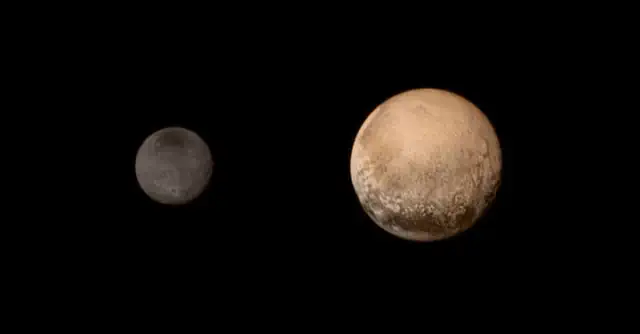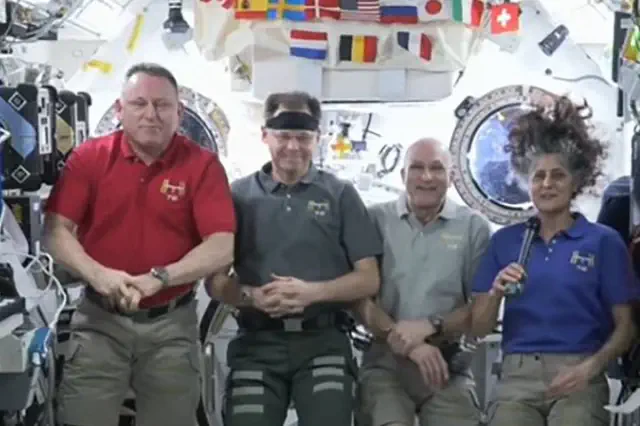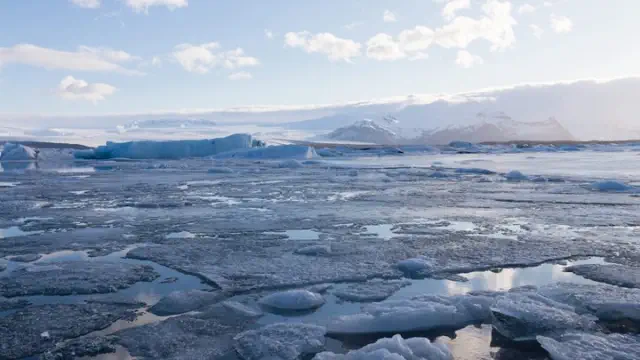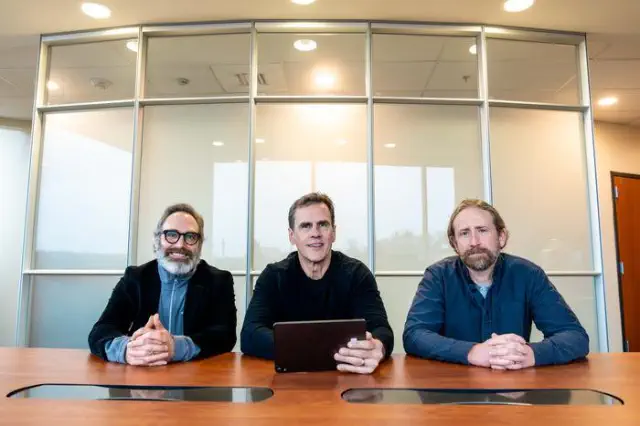Subscribe to our breaking news emails to receive free, real-time alerts delivered directly to your inbox.
A global collaboration of researchers has announced the successful drilling of one of the oldest ice cores to date, reaching nearly 2 miles deep into the Antarctic bedrock to obtain ice that dates back at least 1.2 million years.

View pictures in App save up to 80% data.
Subscribe to our complimentary breaking news email updates.
Subscribe to our complimentary breaking news email updates.
An international team of scientists announced Thursday they’ve successfully drilled one of the oldest ice cores yet, penetrating nearly 2 miles (2.8 kilometers) to Antarctic bedrock to reach ice they say is at least 1.2 million years old.
Analysis of the ancient ice is expected to show how Earth's atmosphere and climate have evolved. That should provide insight into how Ice Age cycles have changed, and may help in understanding how atmospheric carbon changed climate, they said.
“Thanks to the ice core we will understand what has changed in terms of greenhouse gases, chemicals and dusts in the atmosphere,” said Carlo Barbante, an Italian glaciologist and coordinator of Beyond EPICA, the project to obtain the core. Barbante also directs the Polar Science Institute at Italy's National Research Council.
The same research team had previously extracted a core that dates back approximately 800,000 years. In their most recent endeavor, they drilled down to a depth of 2.8 kilometers (roughly 1.7 miles), employing a group of 16 scientists and support staff who worked each summer for four years, enduring average temperatures around minus-35 degrees Celsius (minus-25.6 degrees Fahrenheit).
Italian scientist Federico Scoto was part of the team of glaciologists and technicians who successfully finished the drilling at the Little Dome C site, located close to the Concordia Research Station, in early January.
“It was an incredible moment for us when we finally reached the bedrock,” Scoto remarked. He noted that isotope analysis revealed the ice to be at least 1.2 million years old.
According to Barbante and Scoto, the analysis of the ice core from the earlier Epica campaign has revealed that the concentrations of greenhouse gases, including carbon dioxide and methane, have not surpassed the levels recorded since the onset of the Industrial Revolution, even during the warmest periods over the past 800,000 years.
"According to Barbante, carbon dioxide levels today are 50% higher than the peak levels recorded in the past 800,000 years."
The European Union has sponsored the Beyond EPICA initiative (European Project for Ice Coring in Antarctica), with backing from various countries throughout the continent. Italy is leading the coordination of this project.
The announcement thrilled Richard Alley, a climate scientist from Penn State who was not part of the project and has recently received the National Medal of Science for his extensive research on ice sheets.
Alley emphasized that progress in ice core research is crucial, as it allows scientists to gain insights into historical climate conditions and enhances their comprehension of how human activities are affecting climate change today. He also noted that accessing the bedrock presents exciting opportunities, as it could reveal further details about Earth's history that go beyond the ice records.
"This is absolutely, unbelievably incredible," Alley exclaimed. "They are going to discover amazing things."
___
Associated Press journalist Melina Walling contributed from Chicago, while Santalucia provided reports from Rome.
___
The Associated Press’ climate and environmental coverage receives financial support from multiple private foundations. AP is solely responsible for all content. Find AP’s standards for working with philanthropies, a list of supporters and funded coverage areas at AP.org.









